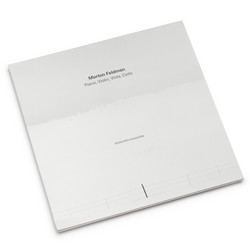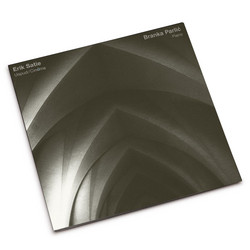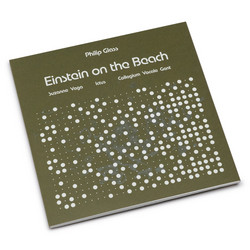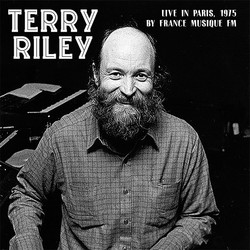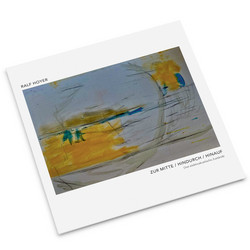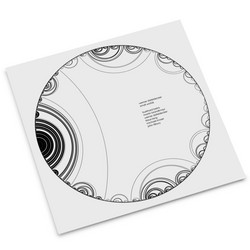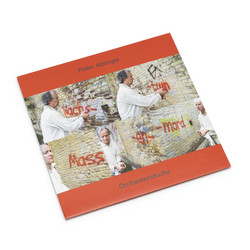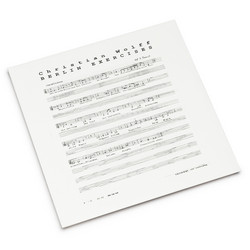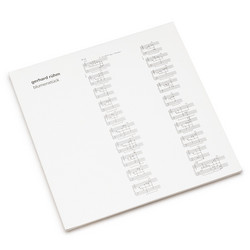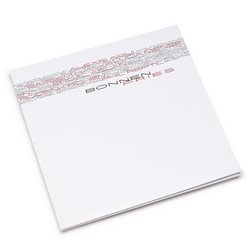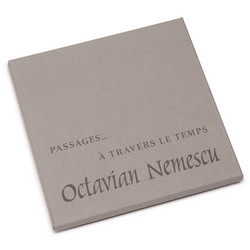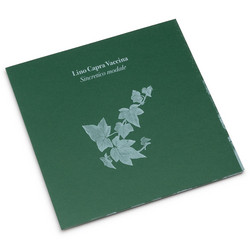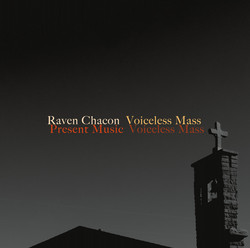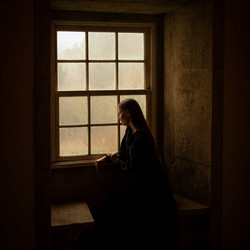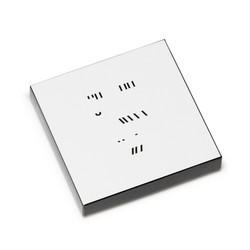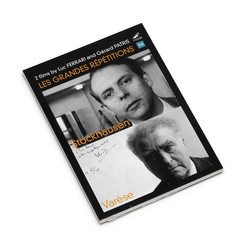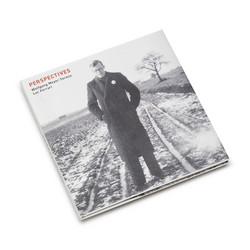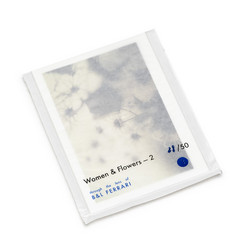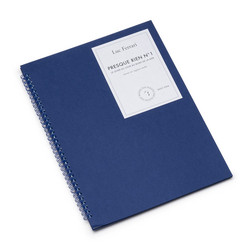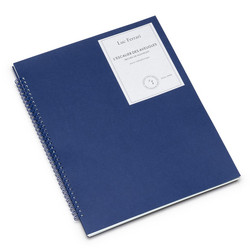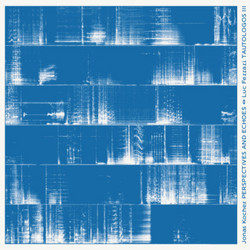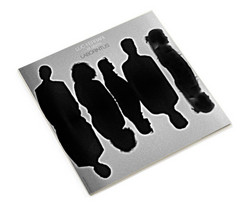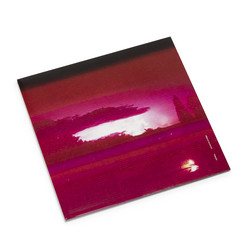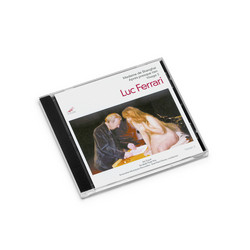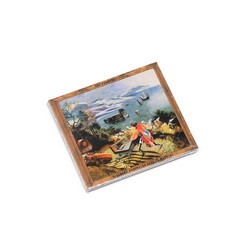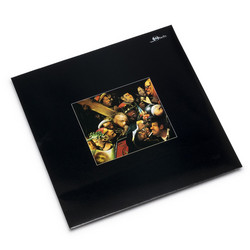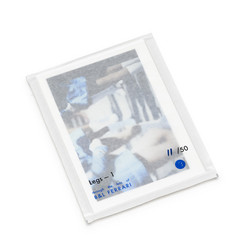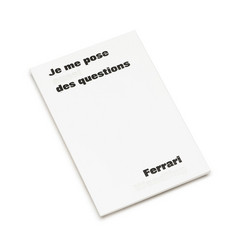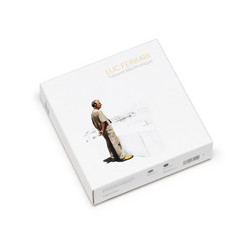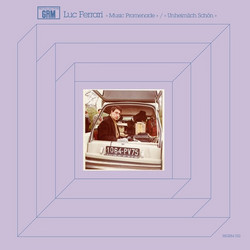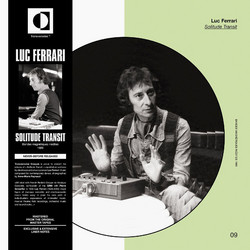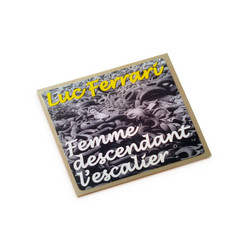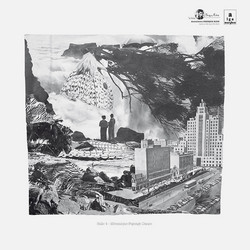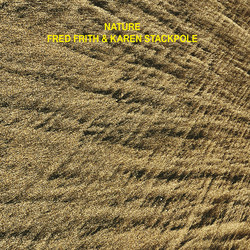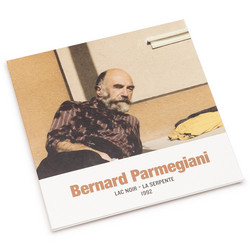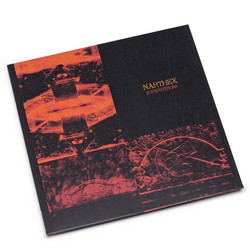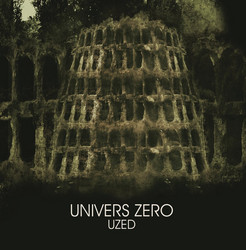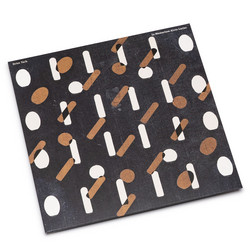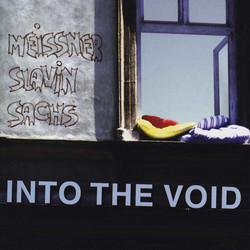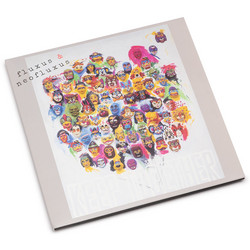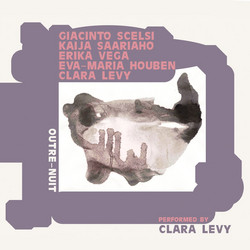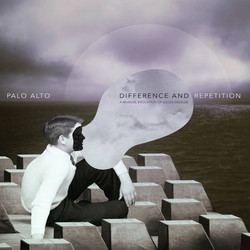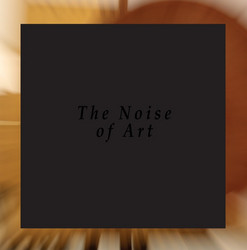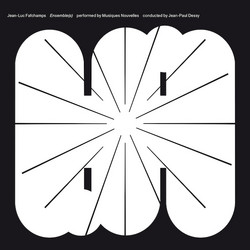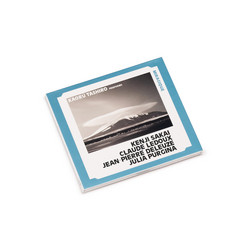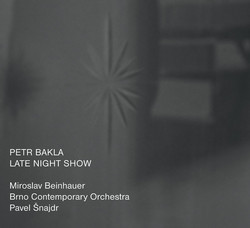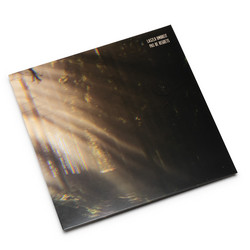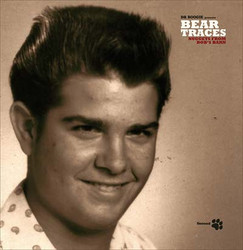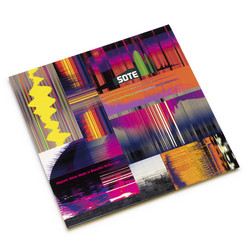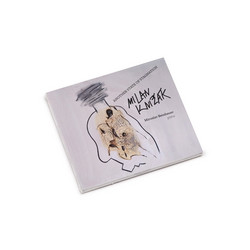The idea of bringing together Rencontres fortuites, Didascalies and Tautologos III - two recent works for piano, viola and electronics, and one open-ended work - imposed itself at a concert at the Boendael Chapel in Brussels, where Collard-Neven and Royer performed Didascalies, with Ferrari attending. A few months later, we found ourselves in the legendary Brème studios, having to deal with the waiting, the Tonmeister's mood swings, and Luc, sick, having a hard time with long commutes and schedule changes. And so the last work was finally developed at La Muse en circuit, the studio Luc already knew so well, in a suburb of Paris. On the 9th of July 2005, we were getting to know the surroundings; Luc, Brunhild and Christophe Hauser were already there. The musicians were on a train back from a concert in Germany. While waiting for them to arrive, we started filming the empty studio. A film perhaps, and a new album. We were with Luc in early July 2005, when he was working with Jean-Philippe Collard-Neven and Vincent Royer on what would become his last recorded piece: a new version of Tautologos. We were there, insisting, filming the whole session. Luc: "The tape is 21 minutes long and there are three rules," and the piece got woven, piano and viola breaking down, starting anew in the opposite direction, discreetly s tepping out, bandoneon, DX7, building themselves back as the night crept in. The air displacement of books being closed every two and a half minutes…the musicians in the darkness of the studio, absorbed, counting, Luc in the control room, not seeing the scene, simply focused on listening "while making mostly silence…" A month later, we learned the news.
Luc Ferrari takes out an old score, Tautologos III, to record it at La Muse en Circuit
in the summer of 2005. The "score" is actually a set of three rules:
1. Each musician freely decides on a theme an length of silence to be repeated for 21 minutes
2. Each musician can fanatically stick to his choice or change it according to what the other
musician is playing
3. Well, there is no third rule.
The whole thing is to be recorded several times in a row, in layers, and supported by a tape part consisting of the stupidest sounds possible, in order to beef up the sound mass of the piece, for no particular reason. Sounds easy, right ? Well it was not. The first layer was successfully recorded during the first 21 minutes of recording, but it took almost two days for Luc and the musicians - Jean-Philippe Collard-Neven and Vincent Royer - to record the second one. The third layer, like the cherry on top of a sundae, will consist in books forcefully closed every two and a half minutes. Luc died a little over a month after this experiment. It turned out to be his last game.
Tautologos III composed 1969 & recorded July 9-10, 2005 at La Muse en circuit, Alfortville, France. Rencontres fortuites composed 2003 & recorded at April 4-7, 2005 in Sendesaal-Radio Bremen, Germany. Didascalies composed 2004 & recorded at April 4-7, 2005 in Sendesaal-Radio Bremen, Germany. Electronic part [son mémorisé] realized at Centre de recherche et de formations musicales de Wallonie, Liège, Belgium. First premiered in May 2004 at Chapelle de Boondael, Bruxelles, Belgium by Jean-Philippe Collard-Neven (piano) & Vincent Royer (viola). Mastered at La Muse en Circuit, December 2006. Luc Ferrari facing his tautology: two days before the end directed shot during the recordings of Tautologos III, July the 17th and the 18th of 2005 at La Muse en circuit. PAL DVD-Vidéo O-Zone in French version with optional English sub-titles.
